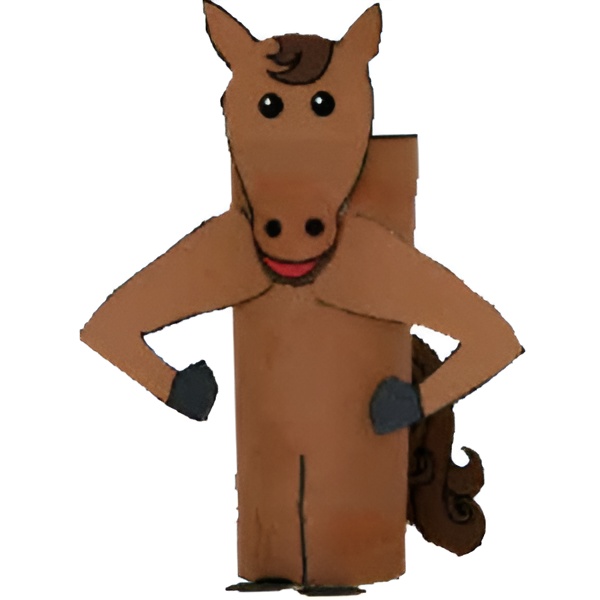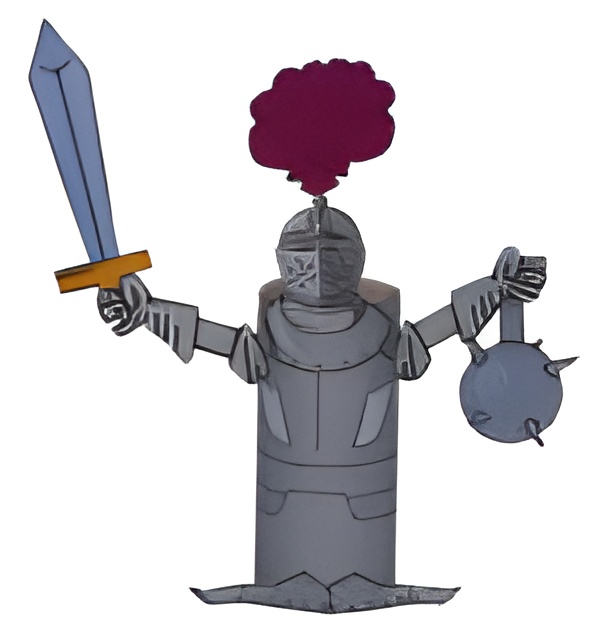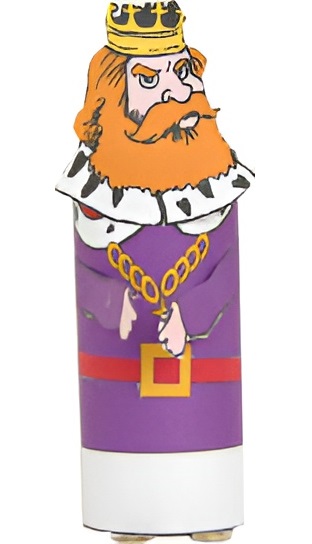DLTK's Nursery Rhymes for Kids
Humpty Dumpty
Humpty Dumpty sat on a wall.
Humpty Dumpty had a great fall.
All the king's horses and all the king's men
Couldn't put Humpty together again!
Humpty Dumpty Lyrics and Coloring Pages:
Humpty Dumpty Crafts:
Humpty Dumpty Printable Resources:
Humpty Dumpty Puzzle Worksheets:
On-Line Jigsaw Puzzles:
The History of "Humpty Dumpty"
"Humpty Dumpty" is one of the most well-known and enduring nursery rhymes in the English language. The rhyme is traditionally accompanied by the image of an egg-shaped character, though the original text does not explicitly describe Humpty Dumpty as an egg.
Origins and Early History
The earliest known versions of the rhyme date back to the late 18th century. The first recorded version was published in Samuel Arnold's "Juvenile Amusements" in 1797. However, the rhyme became widely known in the early 19th century when it was included in collections such as "Mother Goose's Melody."
Interpretations and Theories
The rhyme has inspired numerous interpretations and theories about its origins. Some popular theories include:
- Historical Figure: One theory suggests that Humpty Dumpty was a reference to King Richard III of England, who was defeated at the Battle of Bosworth Field in 1485. Richard III was often depicted as humpbacked, and his fall from power could metaphorically represent Humpty Dumpty's great fall.
- Cannon: Another theory posits that Humpty Dumpty was a large cannon used during the English Civil War (1642–1651). According to this interpretation, the cannon, mounted on a wall, was knocked down and could not be repaired, symbolizing the collapse of a military stronghold.
- Nursery Rhyme Imagery: The modern depiction of Humpty Dumpty as an egg is largely attributed to Lewis Carroll's "Through the Looking-Glass," published in 1871. In this sequel to "Alice's Adventures in Wonderland," Humpty Dumpty is illustrated as an anthropomorphic egg by John Tenniel, solidifying this image in popular culture.
Cultural Impact
"Humpty Dumpty" has had a significant cultural impact, appearing in various adaptations, including literature, music, and visual arts. It is a staple in early childhood education, often used to teach rhythm and memorization.
















